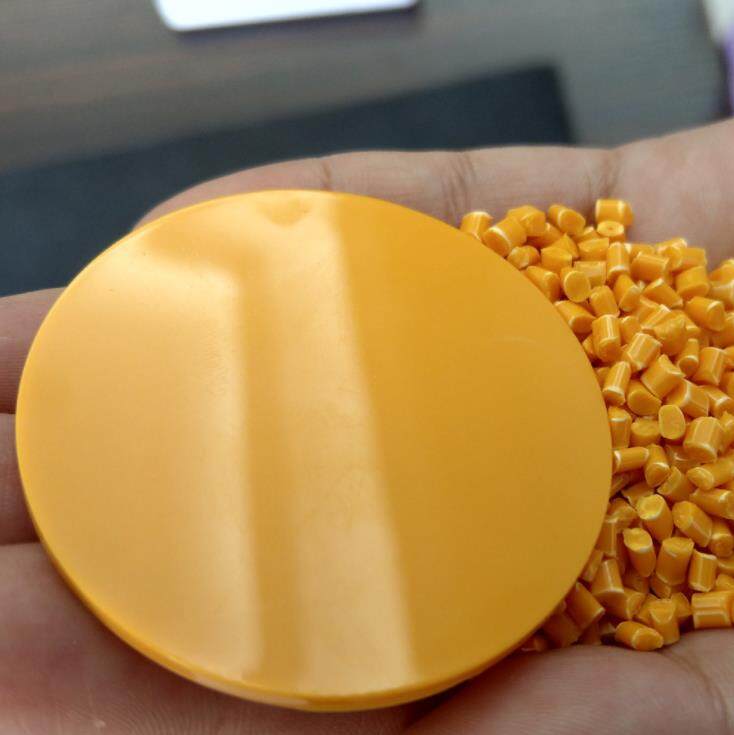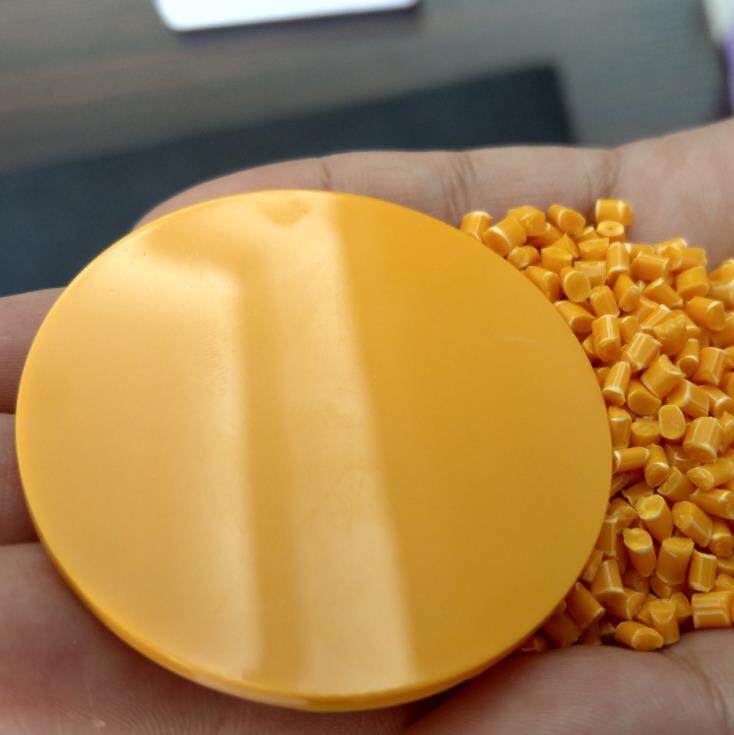Erreur de format d'e-mail
emailCannotEmpty
emailDoesExist
pwdLetterLimtTip
inconsistentPwd
pwdLetterLimtTip
inconsistentPwd

Offer Technical Support and Customized Solutions
The company is committed to creating new and improved plastic materials to meet the evolving demands of the market.

Navigating the Pros and Cons of Acrylonitrile Butadiene Styrene (ABS)
Introduction
Acrylonitrile Butadiene Styrene (ABS) has become an indispensable player in various industries due to its versatile properties. From enhancing the durability of consumer goods to reinforcing structural components in automobiles, ABS has cemented its role in modern manufacturing. In this exploration, we delve into the acrylonitrile butadiene styrene advantages and disadvantages, offering a comprehensive understanding that spans mechanical, environmental, and economic domains.
Advantages of ABS: Building Strength and Versatility
ABS stands out for its mechanical prowess, boasting high impact strength and tensile resilience. This resilience, coupled with its resistance to abrasion, makes ABS an ideal candidate for applications requiring durability. Its versatility in manufacturing processes, including injection molding and 3D printing, provides engineers with a pliable material that adapts to diverse design needs. The chemical resistance of ABS further enhances its appeal, ensuring longevity even in harsh environments.
In economic terms, the cost-effectiveness of ABS is noteworthy. This polymer provides a cost-efficient alternative compared to some higher-priced engineering plastics. Aesthetically, ABS shines as a canvas for creativity, allowing for easy color customization and retaining vibrant hues throughout its lifecycle.
Dissecting the Disadvantages: From Temperature Sensitivity to Recycling Challenges
However, ABS is not without its drawbacks. Its temperature sensitivity poses challenges in high-heat environments, leading to potential warping issues. The polymer's vulnerability to UV degradation, especially in prolonged sunlight exposure, necessitates careful consideration in outdoor applications. Addressing environmental concerns, the limited biodegradability of ABS raises questions about its long-term impact, requiring sustainable disposal solutions. Additionally, the noticeable odor emitted during processing and the complexities of recycling ABS further highlight areas for improvement.
Applications and Industries: ABS in the Real World
Moving beyond the technicalities, ABS's real-world impact is evident in its applications across diverse industries. In the automotive sector, ABS reinforces structural components, ensuring both safety and fuel efficiency. The electronics industry benefits from ABS's electrical insulating properties, while consumer goods, ranging from household appliances to toys, showcase the polymer's adaptability.
Comparisons with Other Polymers: Navigating Polymer Choices
Comparing ABS with its polymer counterparts reveals a nuanced landscape. While ABS shares similarities with polystyrene in cost-effectiveness, it outshines in impact strength. Contrasting with polycarbonate, ABS may lack in heat resistance but compensates with enhanced affordability. Evaluating these polymers holistically aids decision-makers in selecting materials tailored to specific project requirements.
Environmental Impact: Balancing Progress with Sustainability
Acknowledging the environmental impact is crucial in the age of sustainability. ABS production and disposal require scrutiny, prompting the industry to explore eco-friendly alternatives. Ongoing research focuses on mitigating ABS's environmental footprint, aligning with the broader push for greener manufacturing practices.

Regulatory Compliance: Navigating Standards in ABS Usage
To ensure responsible usage, ABS must align with industry standards and regulations. Compliance with these standards not only guarantees product safety but also reflects a commitment to ethical and sustainable manufacturing practices.
Future Developments: Innovations Shaping the ABS Landscape
Looking ahead, ongoing research and innovations aim to address ABS's limitations. From enhancing heat resistance to improving recycling processes, these advancements signal a promising future for ABS in an ever-evolving industrial landscape.
Conclusion: Striking a Balance in ABS Usage
In conclusion, the acrylonitrile butadiene styrene advantages and disadvantages offer a nuanced perspective on a polymer integral to modern manufacturing. Striking a balance between its strengths and weaknesses involves leveraging its mechanical prowess while navigating environmental considerations. As ABS continues to evolve, its role in shaping the products of tomorrow remains pivotal, reminding us that progress is a dynamic journey requiring continuous improvement.

